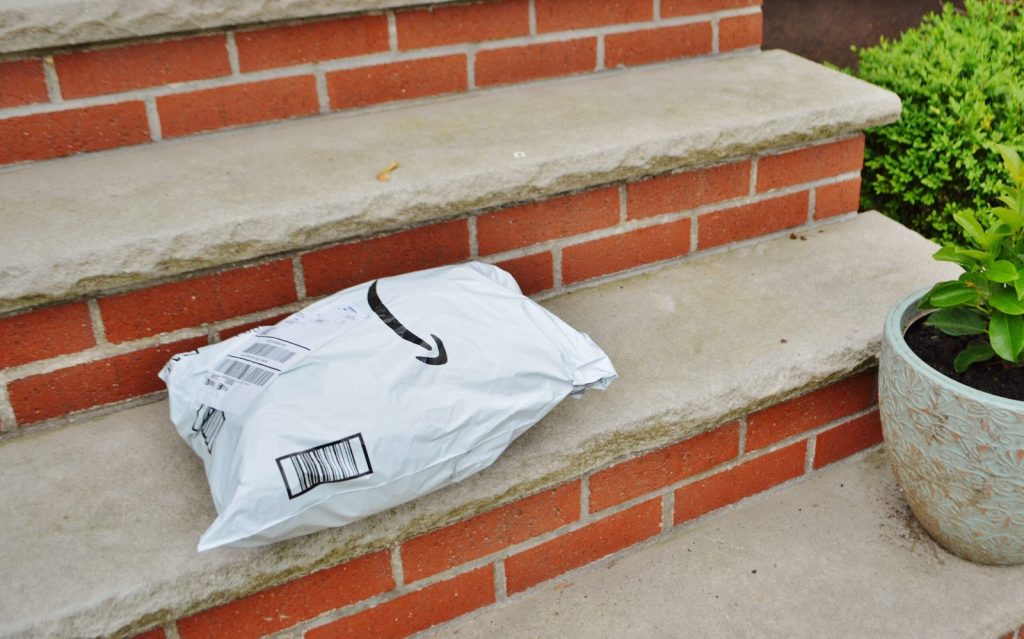
Learn how eCommerce marketing can battle the slowdowns USPS and other delivery companies are facing, which are impacting companies both large and small.
For years, the rise in electronic document delivery and digital marketing have reduced the volume of some kinds of mail. Neither people nor businesses send as many letters or ads through the post office as they used to. At the same time, an increase in eCommerce marketing has spurred the growth of package deliveries, so that somewhat offset the decline in USPS first-class mail and postcards.
Even so, the COVID-19 pandemic has made delivery times longer and more uncertain. Along with extra hygiene and social delivery measures, the recent removal of sorting machines and reduction in overtime hours may have exacerbated the problem.
Meanwhile, some online retailers have struggled to keep customers satisfied. Find out how a product marketing agency might adjust their eCommerce marketing to help maintain customer loyalty and good will.
How postal slowdowns have impacted eCommerce marketing
According to MarketWatch, even the largest online retailers have struggled with postal problems. Naturally, these problems have also impacted smaller businesses.
For a couple of examples:
- Netflix: Netflix still mails out DVDs to customers who request them. According to a spokesman, they have suffered some shipping, which hurts their reputation for quick ordering, processing, and mailing.
- Amazon: Amazon delivery times have become unpredictable, even for the same delivery areas. The CEO of Products on the Go, an Amazon seller, said that her business has suffered because customers have canceled orders and filed complaints over packages that did not get delivered on time.
Besides slowdowns impacting deliveries to customers, many companies also have to struggle with another issue. CNBC reported that some companies have had sourcing problems, as they also need inventory, supplies, and equipment shipped to them. They said the combination of problems could even threaten to put some online sellers out of business.
How direct to consumer advertising can help businesses cope with slowdowns
As quoted in the MarketWatch article cited above, the CEO of Products on the Go, Sharon Buchalter, said that they relied upon the Amazon network of delivery vans and postal contracts to ship orders. Because she could not control delivery times, she felt there was nothing she could do to solve the problem.
From the perspective of a consumer marketing agency, businesses might not have the power to speed up the mail. On the other hand, good direct to consumer advertising and marketing can help manage expectations and improve the customer experience.
Consider taking these two steps to help maintain good will with customers.
Increase social media presence
Consumers get online to share experiences and contact businesses. Smart eCommerce marketing should include participating and even controlling this conversation. These days, everybody knows the pandemic has caused problems for many companies, so businesses that communicate well can help reassure their customers.
Taking a couple of simple steps on social media can help build and maintain good relationships:
- Promptly and cheerfully respond to social media messages of comments.
- Monitor social media for brand or business mentions. A couple of popular examples include HootSuite and Sprout Social.
- As much as possible, inform customers about any unusual disruptions that might impact their experience.
- Even more, talk about positive steps that the business has taken to protect customers and employees during this time.
- Make sure to promote the social media page on other internet properties, such as the business website and sales pages on other eCommerce sites.
Let individual customers know about delays and try to make up for them
Of course, all businesses and customers would prefer to have orders delivered when originally promised. If that can’t always happen, sellers can use their tracking information to anticipate delays before customers raise concerns.
These simple suggestions should help:
- Taking the proactive step of sending an email to let customers know their shipment might not arrive on time should keep reasonable people from getting upset.
- Some companies might also consider sending along a discount code for the next order as a sign that they appreciate the customer’s patience, even if the seller did not cause and could not control the delay.
- Of course, prudent businesses might also add a note to their sales pages to let customers know that they might experience some delays because of the coronavirus.
Keep anticipating slowdowns and looking for solutions
Delivery problems might not impact all online sellers the same. For instance, a Florida advertising agency may not have clients with exactly the same issues as a New York agency. In other cases, the selling platform, the type of product, or even the size or kind of packages may make a difference. That’s part of the reason that companies may find delivery times so unpredictable these days.
Also, just as the pandemic hasn’t completely resolved itself, it may take time for the USPS and other delivery companies to return to normal. Businesses may search for alternative shipping, sourcing, and delivery methods to help cope.
Mostly, eCommerce marketing needs to prioritize keeping customers in the loop. They may have concerns when a shipment doesn’t arrive on time; however, good customers will typically understand the situation if they feel valued and communicated with.



